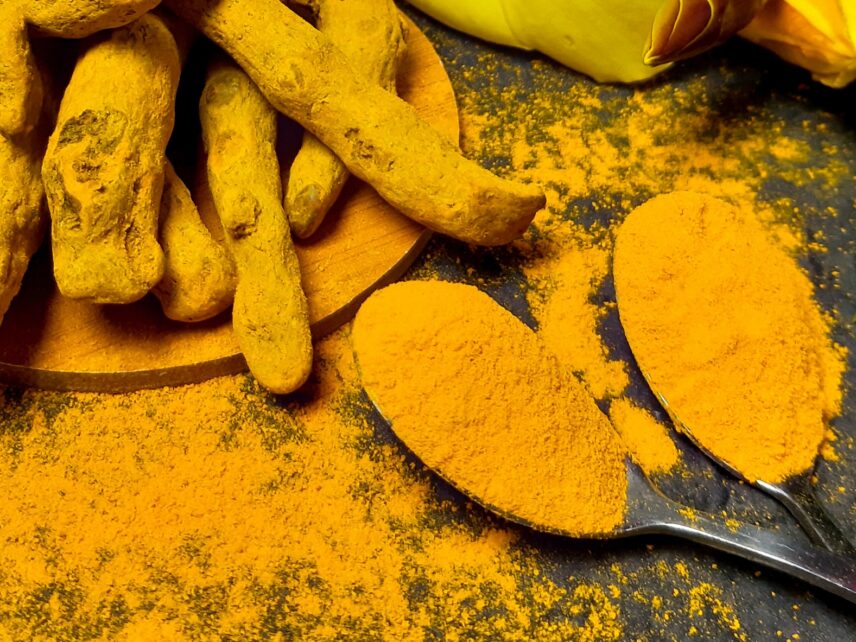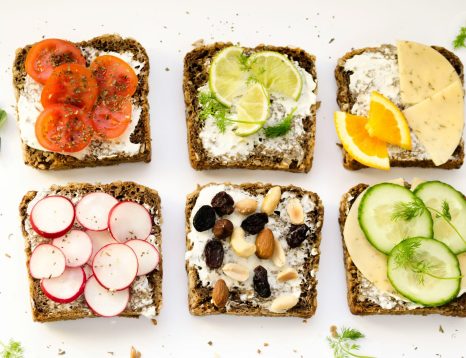
Turmeric is a herbaceous perennial plant of the Zygiveridae family and is mainly cultivated in South Asia as its growth requires temperatures between 20° and 30° combined with a significant amount of annual rainfall.
It is harvested every year and the part used is the root of the plant. If not used as a fresh ingredient, it is boiled and dried to be ground into a golden yellow powder and sold as a spice or coloring agent.
The nutritional value of turmeric
a teaspoon of turmeric powder, corresponding to 3 grams contains:
Calories: 9.5kcal
Lipids: 0.1g <1% SEP
of which saturated: 0.06g
Carbohydrates: 2g 1% SIP
of which sugars: 0.1g
Vegetable fibers: 0.7g 3% SIP
Protein: 0.29g 1% SEP
Vitamin E: 0.13mg <1% SIP
Vitamin C: 0.78 mg <1% SIP
Niacin (B3): 0.041mg <1% SIP
Pantothenic Acid (B5): 0.016mg <1% SIP
Sodium : 0.81 mg <1% SIP
Potassium: 62.40 mg 1% SIP
Calcium: 5.04 mg 1% SIP
Iron: 1.65 mg 9% SIP
Magnesium: 6.24 mg 2% SEP
The best absorption of curcumin can be achieved in combination with the consumption of black pepper which contains piperine. Studies have shown that the combination of curcumin and piperine multiplies the absorption of the former.
Health Benefits:
-
-
-
-
It acts against inflammatory bowel diseases
-
It protects the heart
-
It works against cancer
-
It works against diabetes
-
It helps in neurodegenerative diseases
-
Helps in rheumatic diseases
-
It strengthens the immune system
-
It helps with depression
-
Enhances brain function
-
-
-
Conditions in which it would be good to avoid its supplementary administration are:
-
-
-
-
During pregnancy and breastfeeding
-
In people with gallstones or blockage of the bile ducts as it may increase the severity of symptoms
-
In people taking medication for stomach ulcers, anticoagulants or anti-diabetics as it can enhance the effectiveness of these drugs and correspondingly increase the production of stomach acid, the risk of bleeding or hypoglycaemia
-
-
-
Πηγές: https://el.m.wikipedia.org/wiki/%CE%9A%CE%BF%CF%85%CF%81%CE%BA%CE%BF%CF%85%CE%BC%CE%AC%CF%82
https://www.mednutrition.gr/portal/efarmoges/leksiko-diatrofis/9812-kourkoumas-o-iroas-apo-tin-asia










